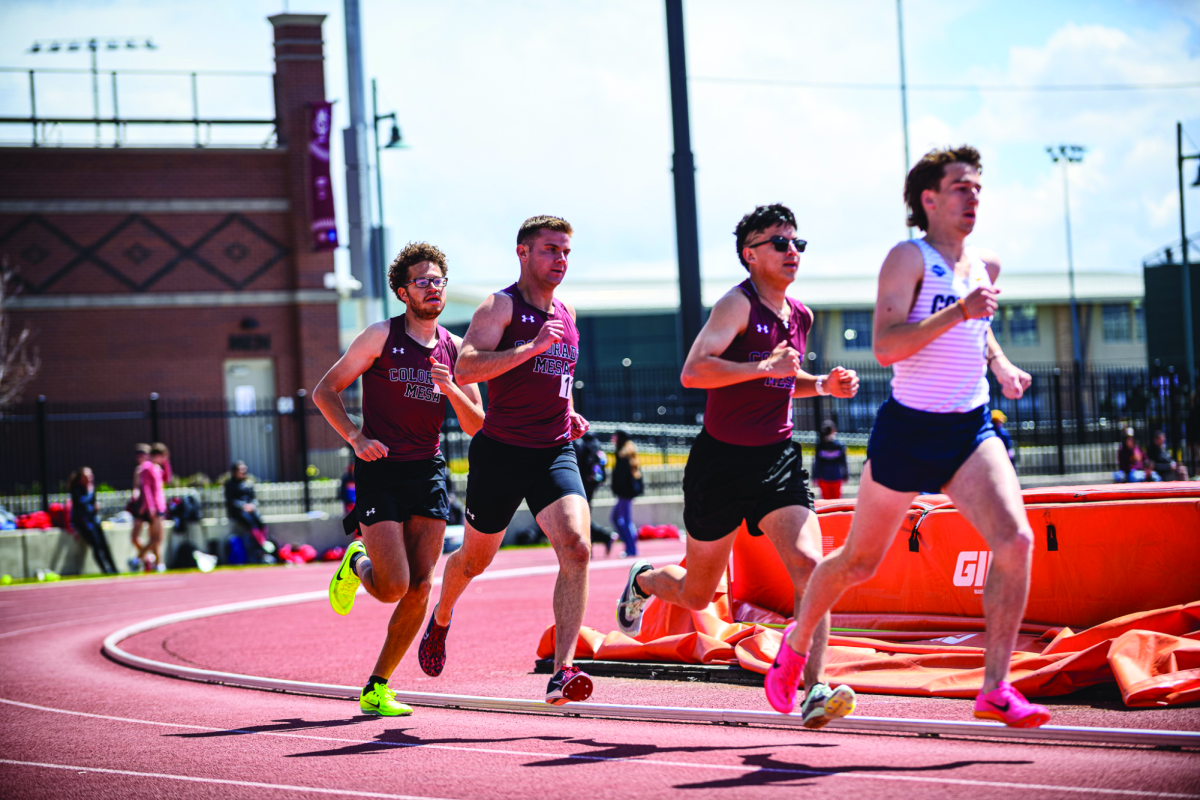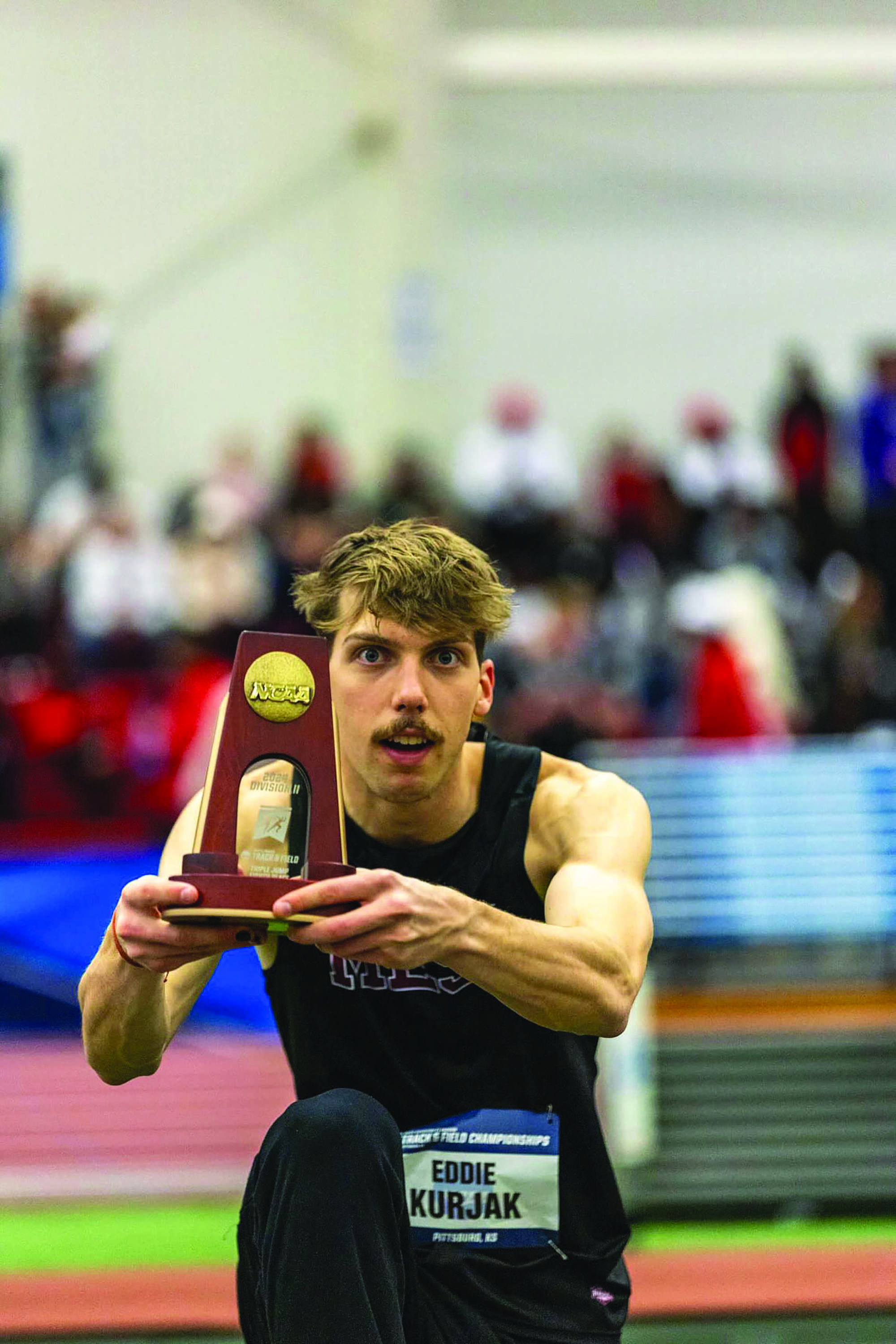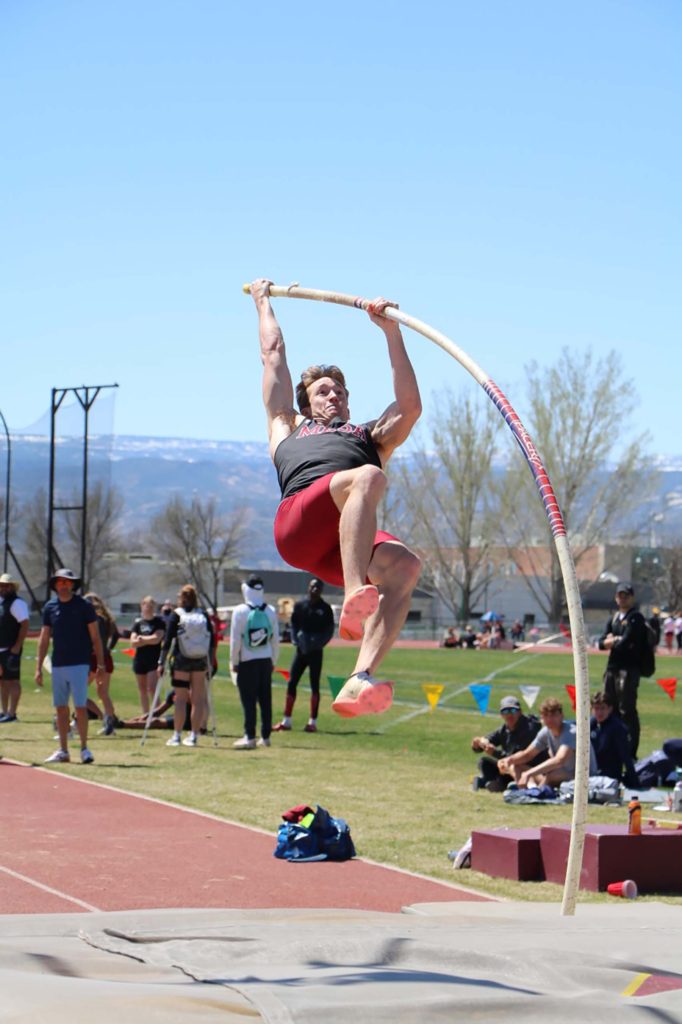Does running 60 miles a week sound enjoyable? How about running over eight miles a day, seven days out of the week, with little to no rest throughout the course of the year? For Colorado Mesa University track athlete Lauren Lipski, that is a normal routine by now.
Now in her last year on the CMU team, Lipski recently won the 10k at CSU-Pueblo’s Spank Blasing Invite. She also set the CMU indoor 5k record and now the school outdoor 10k record.
“[Track] was the first sport I was ever good at,” Lipski said.
The redshirt senior began running at age 11 and has been on a competitive track team for the last 13 years, as well as currently being in her fifth year at CMU.
Training for distance running is different than sprinters and shorter mileage runners. Lipski trains six days a week and cross trains, or rest, on Thursdays.
All the long extensive hours of training and running does not mean that comes without injuries. Lipski ended up tearing her labrum in 2016, which forced her to take time off.
“I tore my labrum just from overuse. We didn’t find it until that spring and I got surgery in late May,” Lipski said. “It eventually hurt too much to run, but it took a long time to find it.”
This season, Lipski runs 50 to 55 miles a week in which she explained has been her lowest mileage season. Before her surgery, Lipski was training every day averaging 10 to 15 more miles a week than she runs now.
This is how the average practices run throughout the season for the CMU distance runners: They mostly do running workouts with Tuesday and Thursdays usually on the track.
On the track, the athletes will run a mile four times while increasing their pace each time. Or the team will run 12 400s instead. That is 24 total laps around the track. The 400s are usually a lot faster and this intensity training helps with speed.
Saturdays the team heads to a park to do tempo runs.
“You run really fast for four to six miles,” Lipski explained.
The other days they run on trails or around the city to get a certain amount of miles. The team does not always meet on Mondays and Sundays but is still running on their own.
[media-credit name=”Courtesy of Lauren Lipski” align=”alignright” width=”200″] [/media-credit]
[/media-credit]
“It’s really a social sport, not during workouts, but on the long runs you can talk with your teammate for an hour,” Lipski said. “When you are alone it’s pretty peaceful. You can think and de-stress.”
Distance athletes train differently than other track and field runners or competitors; they train purely by running or by doing other forms of strict cardio. There is less weight lifting, only twice a week because they are too busy running around the track.
“Mentally, it is completely different,” Lipski said. “I think being in a race that long, it is definitely harder to keep focused and not give up. Our sprinters lift more than us, but we run more. How much we run, you get used to.”
Lipski was originally recruited to run the 800 meters, she has seen a vast amount of improvement and change in not only her running but the team itself.
“It’s definitely helped me work harder and be more organized,” Lipski said. “I think with all the injuries I’ve had it helps you be patient and work through stuff and not give up on something you love even when it’s not always easy or going well.”
Running, in itself, it a lifestyle. Either you love it or you don’t. Athletes who run in college will more than likely keep running after their collegiate careers due to the fact they have grown prone to it. Athletes like Lipski tend to run on their own after college because it’s how they stay healthy.
“I think training on your own is going to be not as fun without the team aspect, but I’m excited to have more freedom and to do things without worrying about wrecking my season. I want to explore different parts of life even though I’ve enjoyed running here.”
Lipski hopes to continue running in 10k community races and even half marathons and plans to eventually complete a full marathon.
“Distance doesn’t scare me at all, it is just how fast you can go and just run a little faster each time,” Lipski said.








